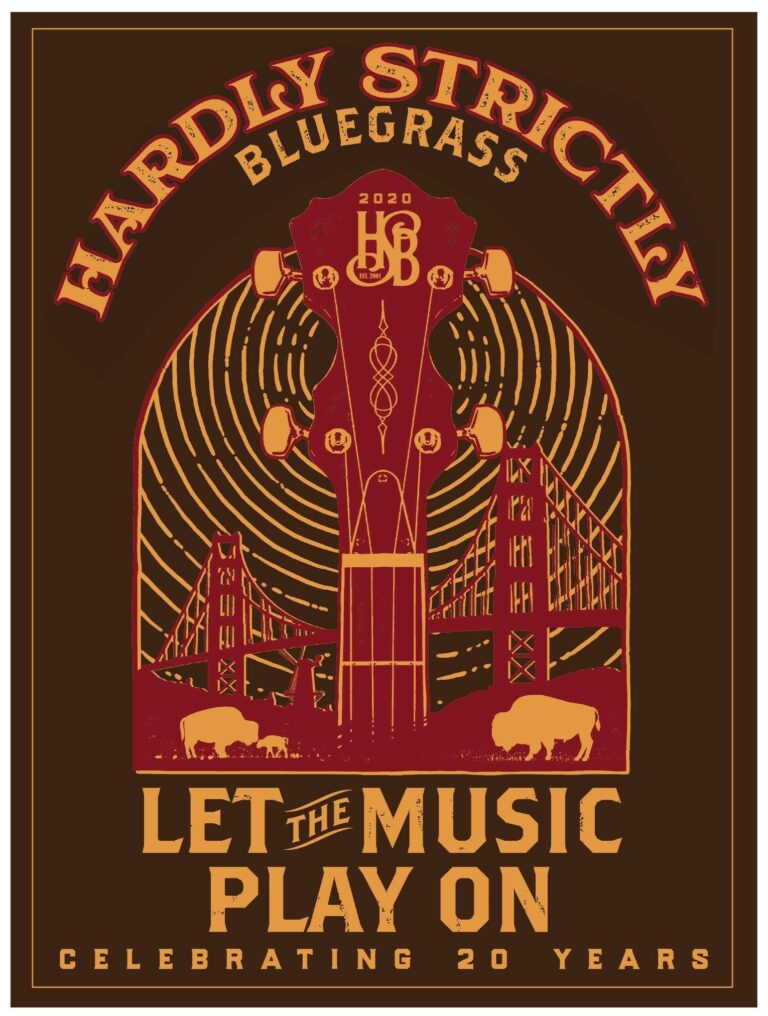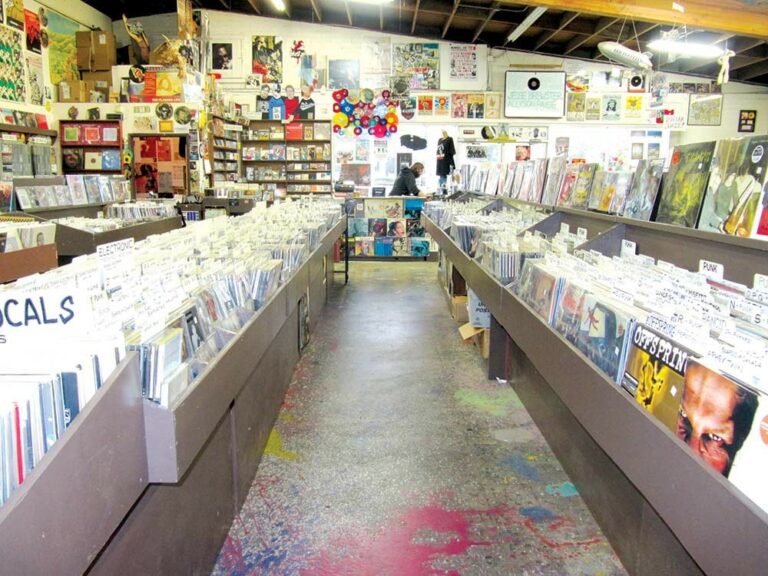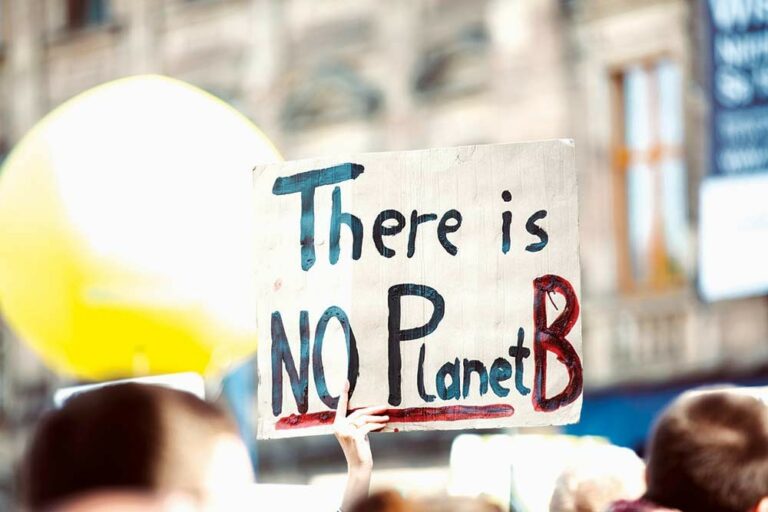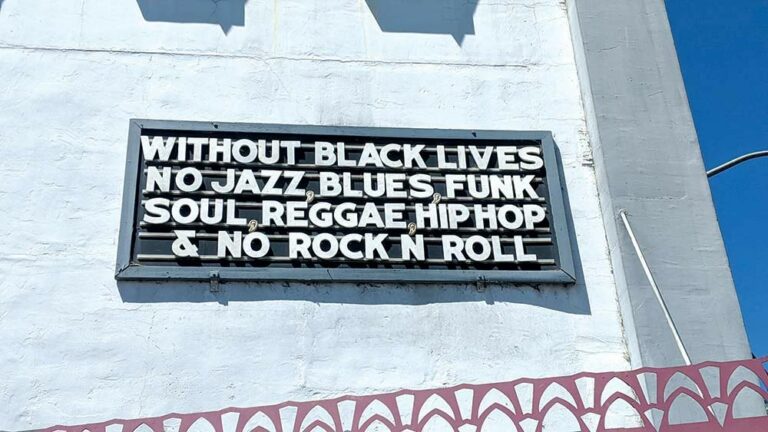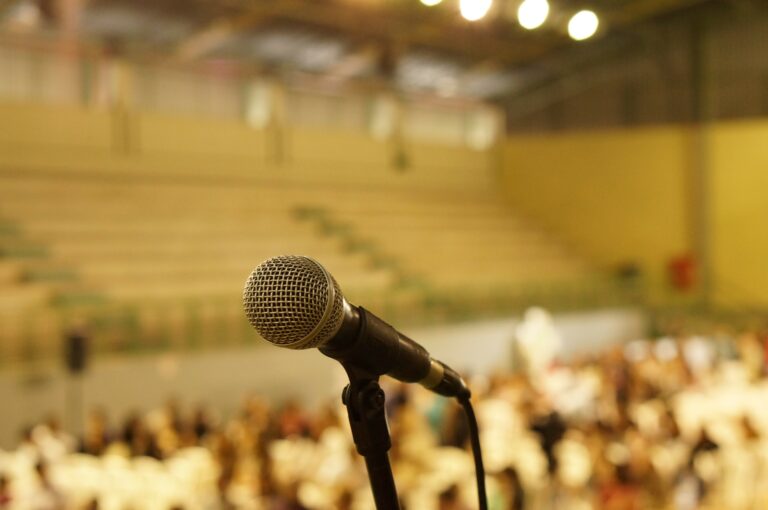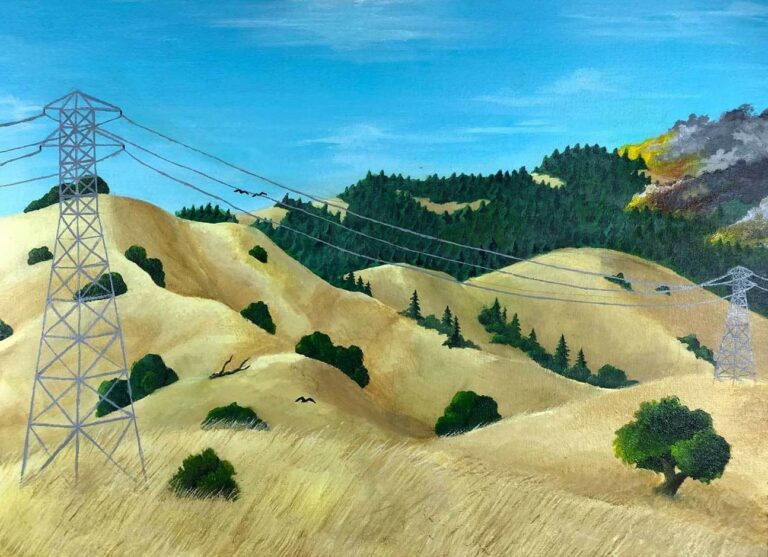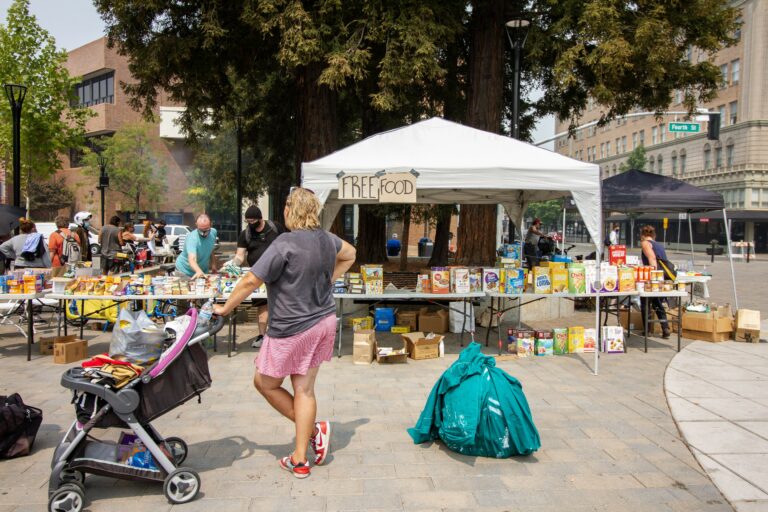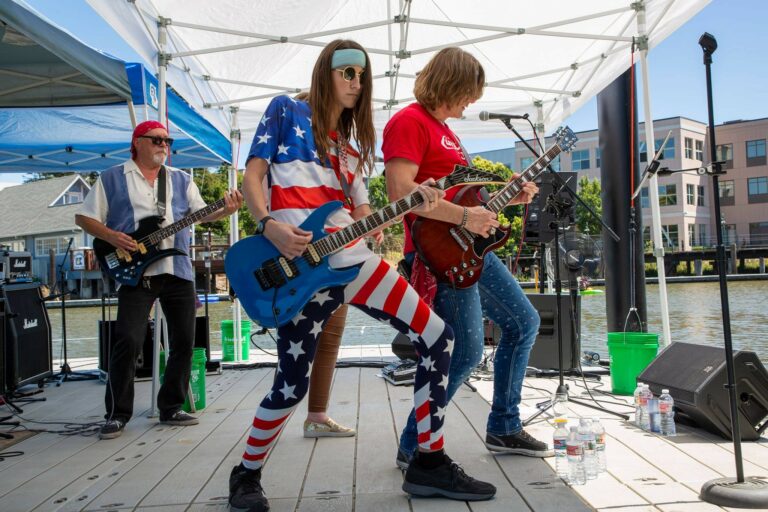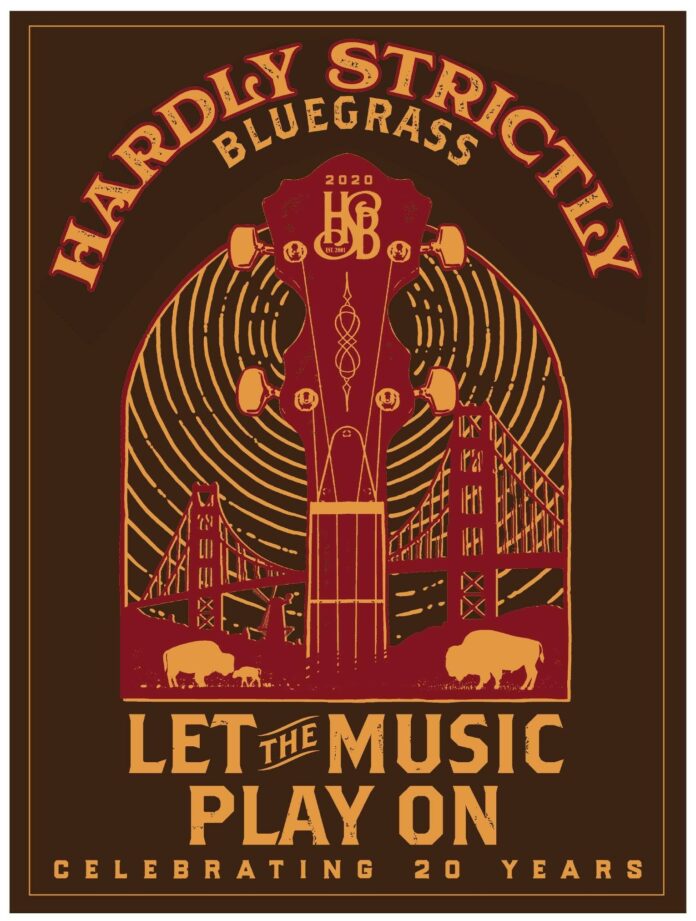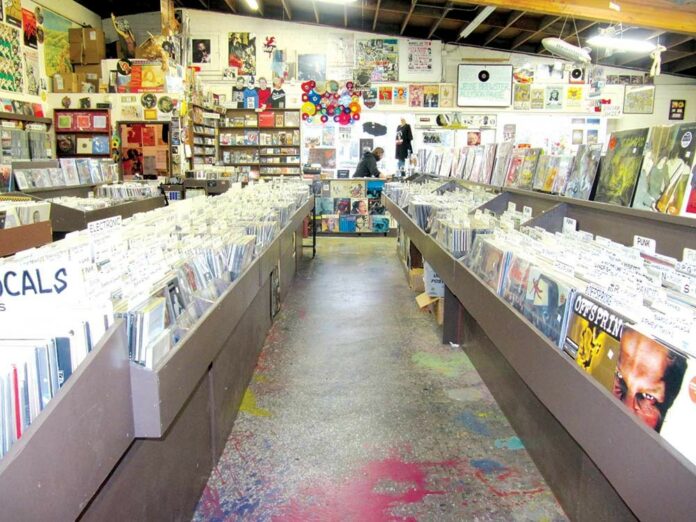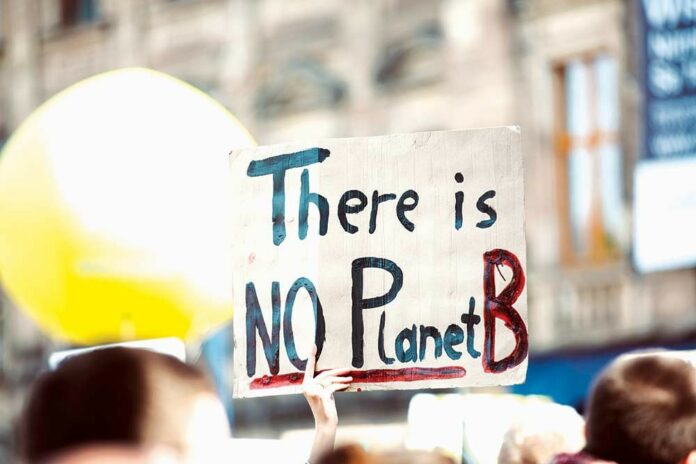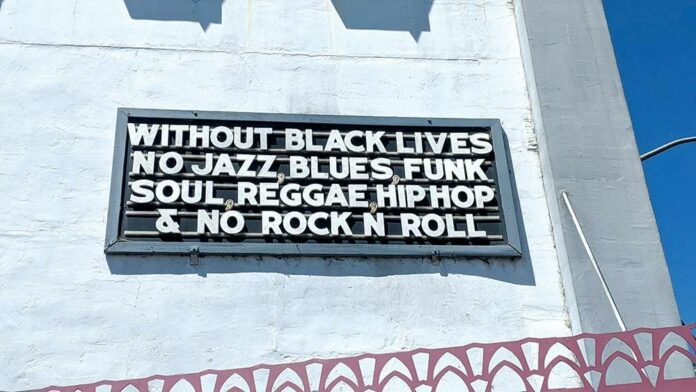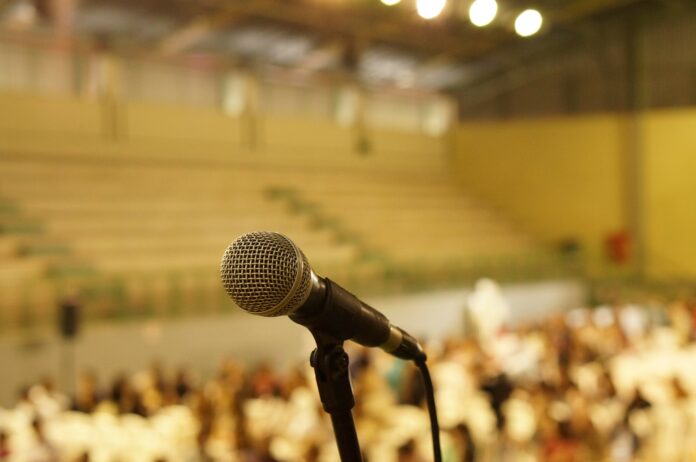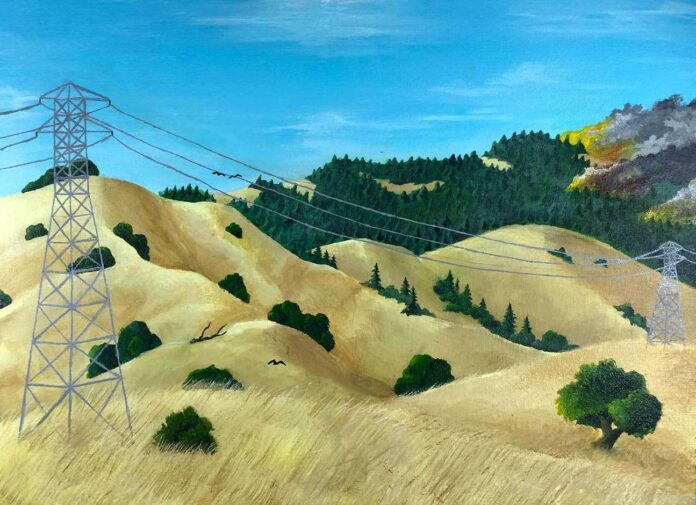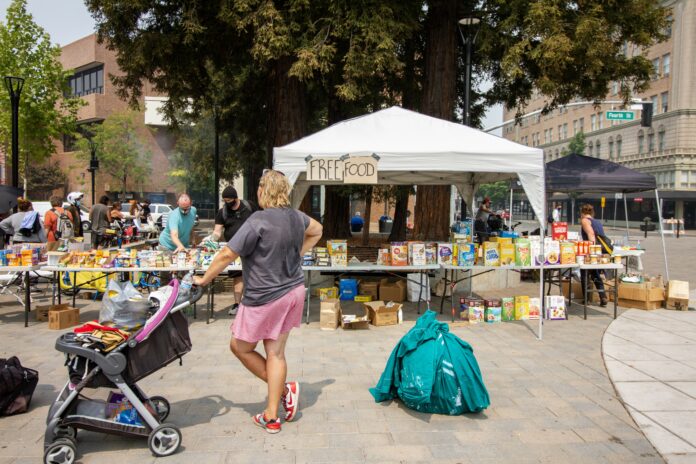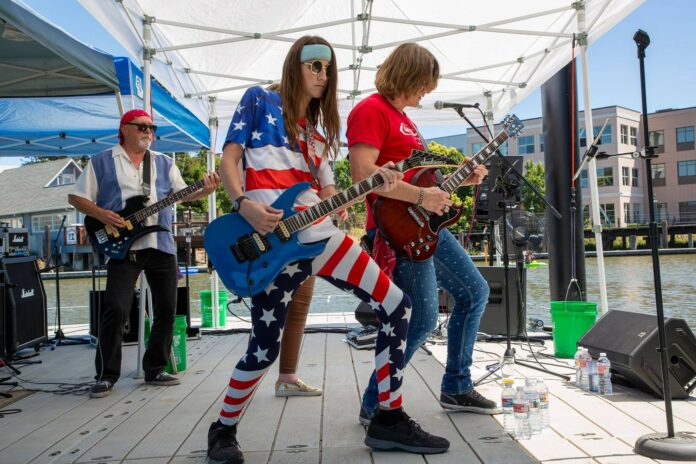In its hundred-year history, the vinyl record has had ups and downs, though the classic method of musical enjoyment is still setting record sales numbers in the high-tech 21st century as more new artists release their music on vinyl and classic records keep getting deluxe reissues.
In fact, vinyl album sales in the United States have consistently increased since 2006, and more than 18 million vinyl albums were sold in the U.S. last year, up nearly 15 percent from 2018.
This renewed interest in vinyl, driven by music aficionados who enjoy the analog embrace of physical media over digitized tracks, has also renewed interest in independent record stores, highlighted each year since 2008 when thousands of indie record retailers participate in the annual Record Store Day.
Normally, Record Store Day takes place in April, with many exclusive albums and other vinyl releases available for one day only at indie record stores. At the risk of sounding like a broken record, 2020 has been far from normal, and Record Store Day was postponed this past April in the face of the national pandemic.
Now, Record Store Day adapts to the ongoing Covid-19 crisis with a three-part “RSD Drops” celebration that incorporates special, properly distanced record-release events on three upcoming Saturdays; beginning Aug. 29 and continuing Sept. 26 and Oct. 24.
On the Record Store Day website, organizers write that, “Prior events have been as much about the gatherings, parties, concerts and ‘group hang’ element of a celebration as the special releases, but in this unprecedented global situation, the focus of these RSD Drops dates is on bringing revenue to the stores, as well as to the artists, labels, distribution and other business behind the scenes making record stores work.”
Across the North Bay, several record stores are joining the national event, stocking up on exclusive albums and opening in a safe way for music fans who still want to get their hands on stacks of wax.
Normally on Record Store Day, Mill Valley Music (millvalleymusic.com) owner Gary Scheuenstuhl sees an around-the-block line of customers waiting to get in, and his small record store usually overflows with bins of special RSD releases.
“This year is going to be a lot of work,” Scheuenstuhl says. “It’s going to be nuts.”
Scheuenstuhl is opting to open early, at 8am, and practice social distancing by moving RSD products to different parts of the store, rather than displaying them all together.
Mill Valley Music will also limit the number of people allowed in the store to 5, with a time limit if people are waiting. Masks will be mandatory, and the store will have masks supplied by the Mill Valley Chamber for any forgetful music lovers.
For this first RSD Drops event, Scheuenstuhl is excited to sell The Very Best of Jerry Garcia 5-LP release, as well as the 5-LP Grateful Dead live-album, Buffalo 5/9/77.
Overall, Scheuenstuhl has seen an uptick in business since reopening after being closed for three months due to the pandemic.
“This is going to be a good experiment to see what happens, if people are going to avoid it or come out for it,” he says.
Novato’s long-running Watts Music (wattsmusicnovato.com) is also participating in the upcoming RSD Drops, and proprietor Darin Chace is taking many similar precautions for the event by also opening early at 8am and limiting capacity to five customers in the store at a time.
“We’re going to do it just like we have in all the years prior, except we’re going to have a smaller capacity in the store now,” Chace says. “We’re going to have a coffee truck giving away free coffee like we’ve done in the past too, courtesy of Red Whale Coffee.”
For this first RSD Drops event, Chace says that record-buyers have a wide swath of musical selections to choose from, and he’s seeing a lot of demand for the 40th Anniversary Edition of Judas Prist’s British Steel as well as releases by Elton John, Billie Eilish, the Black Crowes and others.
“We have a pretty eclectic crowd,” he says.
Now in its 41st year of business, Watts Music stayed active under Marin’s sheltering orders earlier this year by offering curbside pickup and home delivery. Now, Chace says the store is busier than ever.
“Our sales are actually up the last three months versus the year prior,” he says. “We’re a success story, I hope we’re not one of only a few.”
In San Rafael, Barry Lazarus, owner and proprietor of Red Devil Records (reddevilrecords.net), has also seen an upswing of business in recent weeks.
“It’s been better than expected,” Lazarus says. “Even last week was almost an average week.”
During the store’s extended closure earlier this year as part of Marin County’s shelter-in-place orders, Lazarus also benefited from his customer email list, providing mail orders and curbside pickup.
Red Devil Records, one of two San Rafael shops that celebrates Record Store Day (Bedrock Music & Video is the other), is usually the scene of a major RSD party, though Lazarus is scaling it way back this year with appointment-only shopping at the store.
“Like most other stores, I’m toning it down,” Lazarus says.
Still, Red Devil Records will have several exciting releases on hand, and Lazarus is looking forward to selling releases and reissues from David Bowie, Bob Marley, Charlie Parker, Black Keys, the Pretenders and Roxy Music, as well as a long out-of-print vinyl release of Canned Heat and John Lee Hooker’s appropriately-titled 1971 collaboration Hooker ’N Heat.
For Aug. 29, Red Devil Records is taking appointments for up to four people every half-hour, and as of press time, the day is already half-booked. Lazarus recommends that interested customers call the store now to reserve a spot for the day.
The same goes for The Last Record Store (thelastrecordstore.com) in Santa Rosa, which is operating by appointment-only for RSD Drops as well.
“We’re doing appointments, seven people at a time, and you get 20 minutes,” store co-owner Hoyt Wilhelm says. “All the (RSD) records are going to be in alphabetical order around the store on the racks; it’s almost going to be like personal shopping.”
As of press time, The Last Record Store only has a few dozen slots left, so customers should call ahead to reserve a space.
“It’s amazing that we’re doing as well as we are,” Wilhelm says. “People are just going crazy. It’s one disaster after another, and (buying) records is the one thing they can do.”
For this upcoming RSD Drops day, Wilhelm says everyone is most excited about the first-ever vinyl release of Tyler, The Creator’s 2015 album, Cherry Bomb, as well as two releases by animated super-group Gorillaz. He’s also looking forward to Hooker ’N Heat, as well as a 1994 Bone Thug-N-Harmony album, Creepin’ On Ah Come Up, that’s been out of print for over 25 years.
While shops such as The Last Record Store are staying busy, Wilhelm worries about live music venues in the North Bay.
“I haven’t gone this long without seeing a show since I was in 8th grade,” he says.
RSD organizers are still planning to hold a special Black Friday event as they normally do, on Nov. 27, and vinyl shops across the country are keeping their fingers crossed for the return of Record Store Day in April 2021.
Find more info on participating stores and releases at recordstoreday.com

